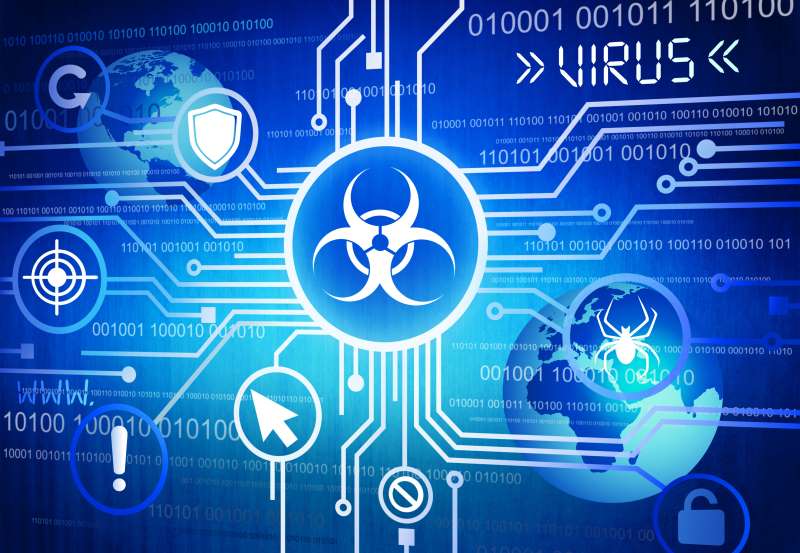- +31 320 760020
- support@yokdata.com

File-encrypting ransomware attacks can take months of planning by gangs. Here's what to look out for.
There are as many as 100 claims to insurers over ransomware attacks every day, according to one estimate. And as the average ransomware attack can take anywhere from 60 to 120 days to move from the initial security breach to the delivery of the actual ransomware, that means hundreds of companies could have hackers hiding in their networks at any time, getting ready to trigger their network-encrypting malware.
So what are the early indicators for companies that are trying to spot a ransomware attack before they cause too much damage? Any what should they do if they discover an attack in progress?
Encryption of files by ransomware is the last thing that happens; before that, the crooks will spend weeks, or longer, investigating the network to discover weaknesses. One of the most common routes for ransomware gangs to make their way into corporate networks is via Remote Desktop Protocol (RDP) links left open to the internet.
"Look at your environment and understand what your RDP exposure is, and make sure you have two-factor authentication on those links or have them behind a VPN," said Jared Phipps, VP at security company SentinelOne.
Coronavirus lockdown means that more staff are working from home, and so more companies have opened up RDP links to make remote access easier. This is giving ransomware gangs an opening, Phipps said, so scanning your internet-facing systems for open RDP ports is a first step.
Another warning sign could be unexpected software tools appearing on the network. Attackers may start with control of just one PC on a network – perhaps via a phishing email (indeed, a spate of phishing emails could be an indicator of an attack, and if staff are trained to spot them this could provide an early warning). With this toe-hold in the network, hackers will explore from there to see what else they can find to attack.
Another red flag is any detection of MimiKatz, which is one of the tools most regularly used by hackers, along with Microsoft Process Explorer, in their attempts to steal passwords and login details, Sophos said.
Full article on https://www.zdnet.com/article/ransomware-these-warning-signs-could-mean-you-are-already-under-attack/
#ransomware #attack #cybersecurity #cloud #yokdata